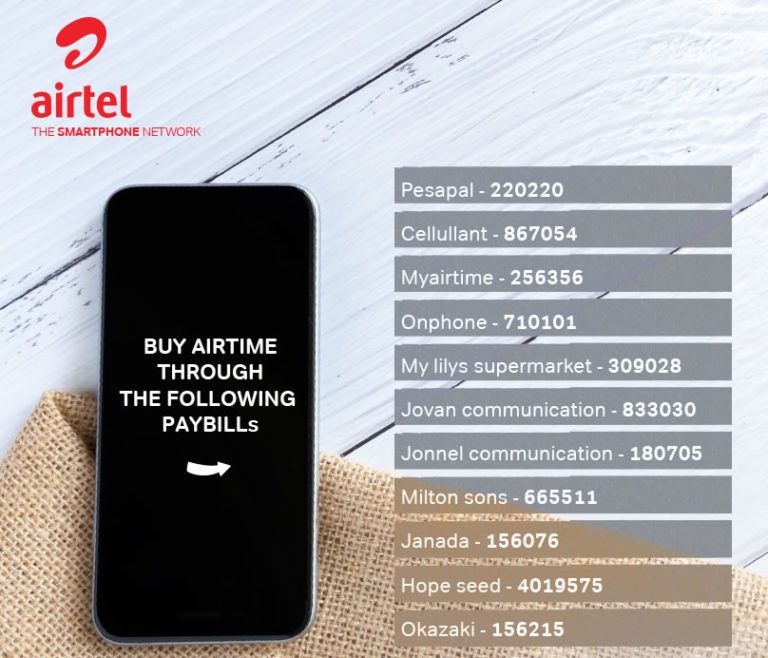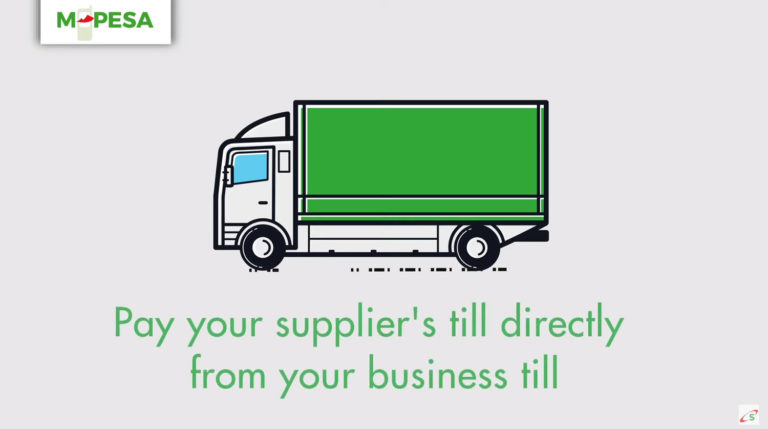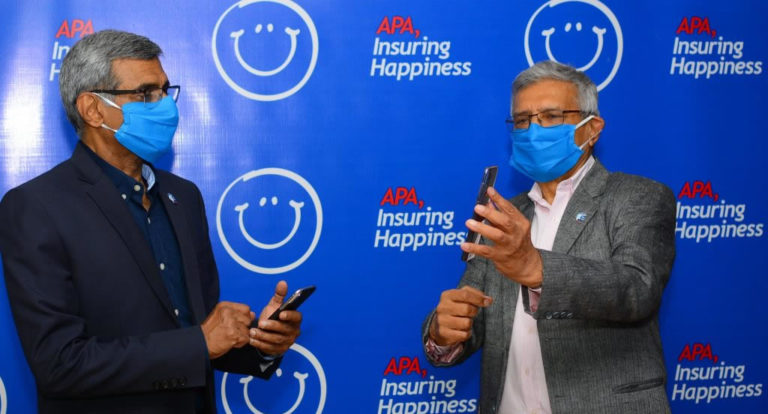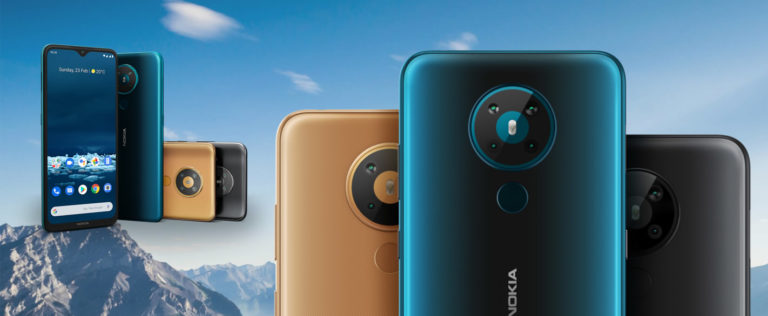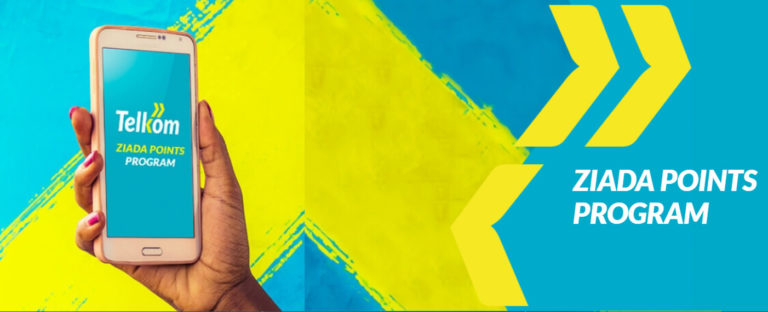Safaricom’s Mpesa mobile wallet is simply no match for the competition, we’ve got big names such as Telkom and Airtel providing ways in which their subscribers can purchase airtime through a paybill number from mpesa. Telkom Kenya has an operational paybill number through which customers can easily load airtime via mpesa while airtel is banking on several third-party firms for the same.
Considering the enormous popularity Mpesa is currently enjoying, it makes perfect sense businesswise for both Airtel and Telkom to offer an alternative to customers who may need to load airtime directly from their MPESA balance. And let’s face it, almost everyone with a Telkom or Airtel line always keeps a separate Safaricom line for MPESA services, the mobile wallet has become a household name that no one can just simply do without.
Airtel Kenya doesn’t have a dedicated paybill number to facilitate purchase of credit from rival Safaricom’s MPESA service, but has enabled several third parties to allow subscribers purchase airtime through Mpesa paybill numbers. Some may charge a small transaction fees but a majority like Pesapal will load the exact amount you’ve purchased.
Airtel Kenya Airtime Purchase MPESA PAYBILL numbers.
You can purchase Airtel airtime via MPESA from any of the following Airtel authorized third parties using respective PAYBILL numbers;
| COMPANY | PAYBILL NO |
| Pesapal | 220220 |
| Cellulant | 867054 |
| Myairtime | 256356 |
| OnPhone | 710101 |
| My Lilys supermarket | 309028 |
| Jovan communication | 833030 |
| Jonnel communication | 180705 |
| Milton sons | 665511 |
| Janada | 156076 |
| Hope seed | 4019575 |
| Okazaki | 156215 |
Step by step on how to buy airtel credit from mpesa using any of the above Paybill numbers
- On your Safaricom phone, go to the M-pesa Menu
- Then Select “Pay Bill” option
- Input respective business or Paybill number such as “220220”
- Enter your Account No. AIRTXXXXXX (Where XXXXXX is your Airtel Mobile number) i.e. AIRT0733000000 if your phone number is 0733000000
- Key in the amount you intent to load as airtime
- Enter your M-Pesa PIN then send

